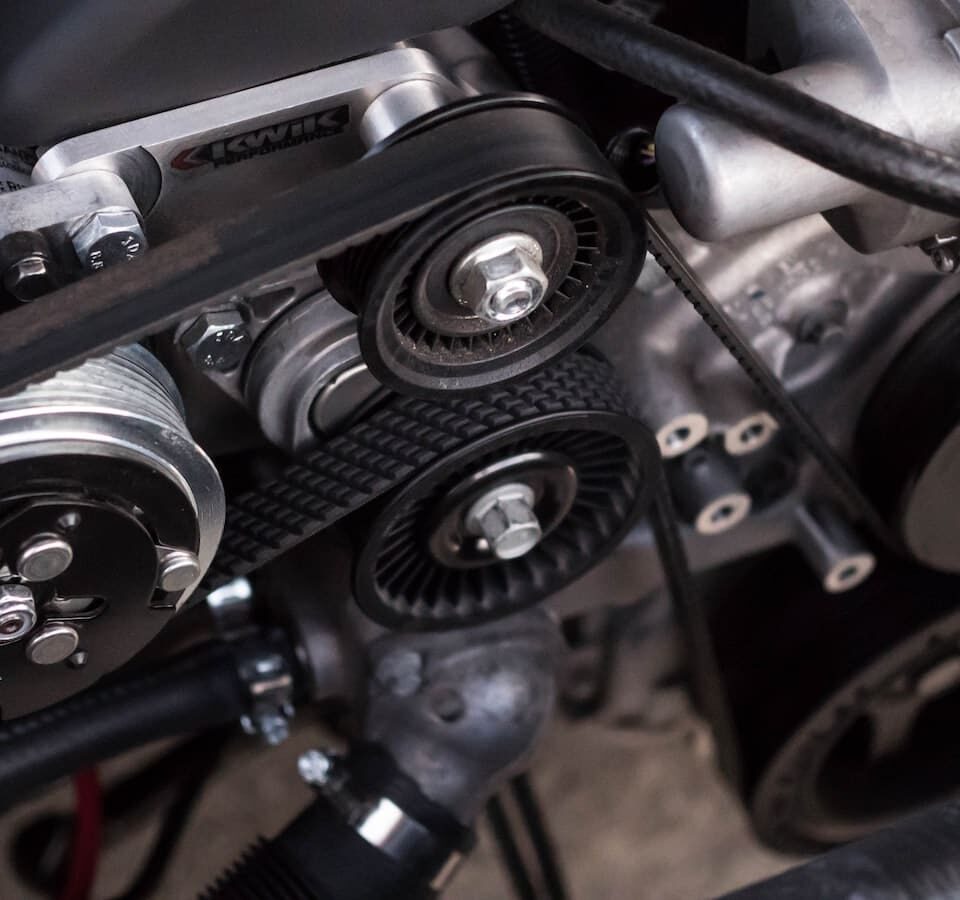An engine is the soul and heart of your car simply because it’s the most important part of a vehicle. It acts as the main source of power and converts energy into mechanical motion.
Undeniably, car designs and models have evolved considerably over the past few years, and interestingly, car engines have followed suit.
Engines have an interesting history and if you are planning to buy a car soon, understanding different types of car engines will help you make the best choice.
People are different, and whereas some prefer fuel efficiency engines, others focus on more power.
With that in mind, car manufacturers are working hard day and night to meet the needs of all the customers, and therefore, they have devised various types of car engines, and here are some of them.
Types of engines
Generally, there are two types of engines, namely the internal and external combustion engines.
1. Internal combustion engines
In these engines, fuel combustion takes place inside the engine and this causes pressure to increase and temperature to rise.
As a result of combustion, the high pressure produced is applied to rotor, pistons or a nozzle and it’s the same power that moves your vehicle from one place to another and transforms chemical energy to useful mechanical energy.
Excellent examples are two-stroke and four-stroke petrol and diesel engines. It should be noted that two-stroke engines are mostly used with small engine applications such as an ATV or dirtbike, whereas four-stroke engines are most commonly used in automobiles, large off-road vehicles, and the like.
Companies like reman-engine.com, sell used and rebuilt engines for automobiles, and their rebuilders never have to touch a two-stroke engine, for example.
2. External combustion engine
In these engines, fuel combustion takes place outside the engine, and steam engine is a great example.
For your peace of mind, there are various types of the internal combustion engine (ICE) which are classified according to various bases, and we are going to examine them below;
1. Based on design
a. Reciprocating engine
Piston and a cylinder are the main components of a reciprocating engine. An engine may have one or more pistons whose main purpose is to convert pressure into rotating motion.
Every piston is placed inside the cylinder, and as a result of gas combustion, the piston initiates to and fro motion (reciprocating motion) which is then converted into rotary motion.
b. Wankel engine
Also known as rotor engine, Wankel engine converts pressure into rotating motion using an eccentric rotary system.
When compared to the reciprocating engine, the Wankel engine is smoother, simpler, and more compact.
Note that these engines usually produce more power pulses per revolution, and therefore, they are mostly used in racing cars Mazda’s RX-8 is a very popular example.
2. Based on ignition method
a. Compression ignition engine
These types of engines don’t have a spark plug at the cylinder head, and thus, the heat of the compressed air is responsible for fuel ignition.
An excellent example of a compression ignition engine is the diesel engine because it only works by compressing the air.
Some of the advantages of a compression ignition engine are reduced parasitic load and higher thermodynamic efficiency.
b. Spark ignition engine
These engines are established with a spark plug fitted at the engine head, which produces spark after fuel compression to ignite the air-fuel mixture for the process of combustion.
According to experts, petrol engines are based on spark ignition but can only run on bioethanol, methanol, hydrogen, compressed natural gas (CNG), Autogas (LPG), and nitromethane.
3. Based on the number of cylinders
a. Single cylinder engine
They consist of a single cylinder connected to the crankshaft. These types of engines are lightweight, compact, and have an outstanding weight to power ratio.
They are commonly used in the motor scooter, motorcycles, go-karts, and dirt bikes.
b. Double cylinder engine
These engines consist of two cylinders hence the name double cylinder engine.
c. Multiple cylinder engine
These engines have more than two cylinders and can be three, four, six, twelve or sixteen. These engines have an excellent ability to neutralize imbalances and achieve higher revolutions per minute (RPM) effortlessly.
Good examples are the 2-stroke and 4-stroke engine and can be diesel or spark-ignition.
4. Based on the cylinder arrangement
a. Vertical engine
Just like the name, the cylinders of vertical engines are arranged vertically.
b. Horizontal engine
The cylinders of these engines are horizontally arranged
c. V-engine
In these types of engines, the pistons and cylinders are aligned in two banks with some angle between them, and when viewed from the top, they resemble a “V” shape.
According to experts, the unique shape that comes with these engines is to prevent vibration and balancing problems.
d. W type engine
In these engines, the cylinders are arranged in 3 rows to form a “W” shape, and in most cases, this engine is made due to the production of 16-cylinder and 12-cylinder engines.
e. Opposed cylinder engine
Cylinders in this type of engine are placed in opposite directions. Most importantly, this engine has an excellent balancing and runs smoothly simply because both the piston and the connecting rod run identically.
5. Types of fuel used
- Petrol engine – Uses petrol as its main source of power
- Diesel engine – Uses diesel for its working
- Gas engine – Uses fuel for its working
6. Based on the number of strokes
a. Two-stroke engine
In this engine type, the piston makes two times motions, upward (from BDC to TDC) and downward (From TDC to BDC), to produce power stroke.
b. Four-stroke engine
In this type of engine, the piston moves four times, two upward and two downward movements in a single cycle of a power stroke.
c. Six-stroke engine
The six-stroke engine is in its development stage, but according to sources, it will create attention and interest in the motor industry.
It is expected to come with tremendous benefits, such as reduced mechanical complexity, increased fuel efficiency, and reduced emissions.
Bottom line
An engine is the most important part of your car as it allows you to efficiently move from one place to another.
Turning a key to start your car is always exciting and straightforward, and, in most cases, its simplicity makes people take the engine for granted.
If you’d want to understand the engineering behind your vehicle, it is recommendable to understand the technology that takes place beneath the bonnet and, most importantly, understand the different types of car engines available.
It would be advisable to understand different car engines and how they work and make an informed decision on the one to buy based on your personal preferences.









An interesting article! Actually your blog is full of great reads!